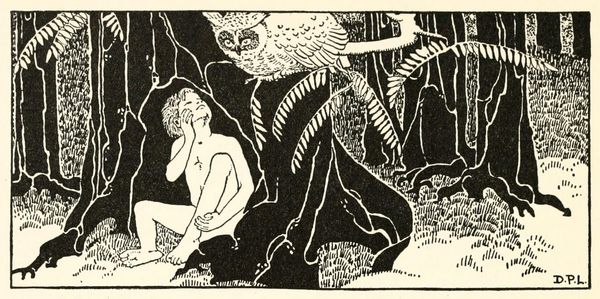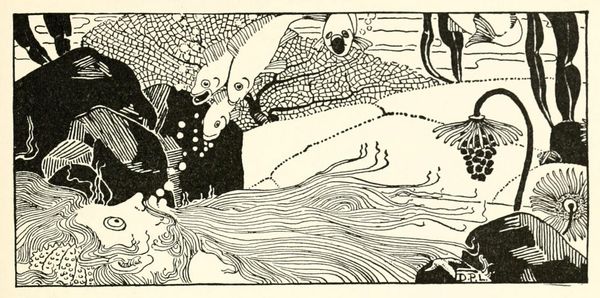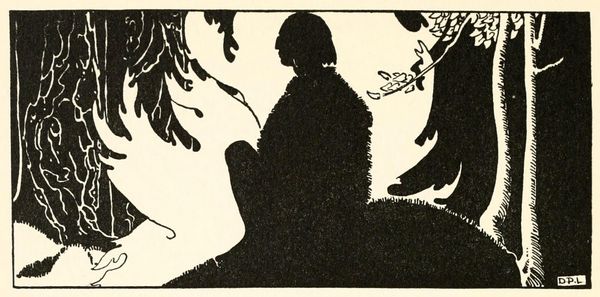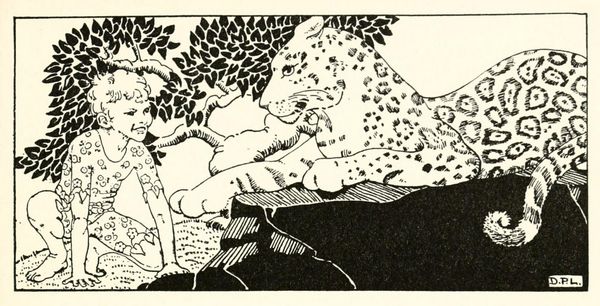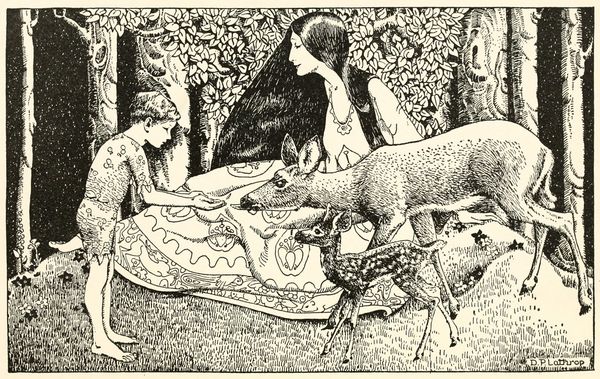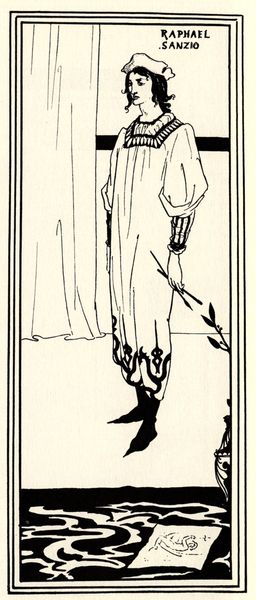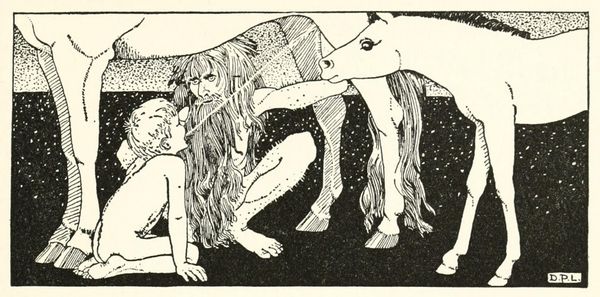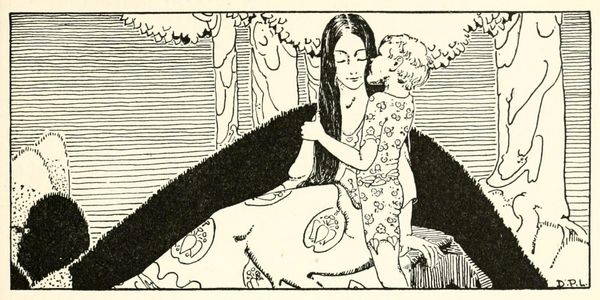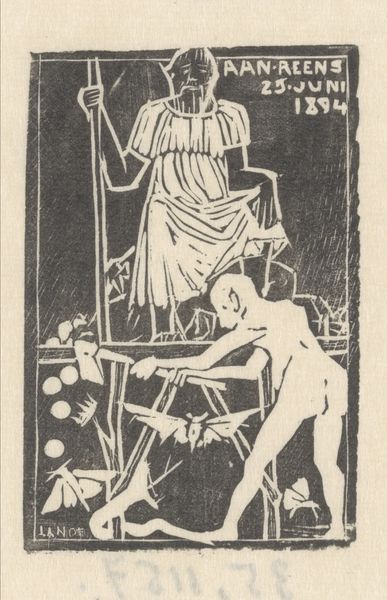
drawing, ink, pen
#
drawing
#
pen illustration
#
landscape
#
figuration
#
ink line art
#
ink
#
linocut print
#
pen-ink sketch
#
line
#
symbolism
#
pen
Copyright: Public domain US
Editor: Here we have Dorothy Lathrop’s 1920 ink and pen drawing, “A Little Boy Lost”. It's evocative – something about the starkness and the fluid lines gives it an unsettling but dreamlike quality. How do you interpret this work? Curator: Unsettling, yes! Like a half-remembered childhood fairy tale dipped in shadow. For me, the high-contrast of the black ink amplifies that mood. And the artist, Dorothy Lathrop, seems less interested in representing nature realistically, and more interested in showing the emotional weight of that landscape. The trees become almost menacing figures, don't you think? And that single boy… so vulnerable. It invites thoughts about lost innocence and childhood anxieties. Editor: Definitely. The distorted trees are intimidating, looming. But what do you make of the flowing water and reflections? They seem to soften the harshness a little. Curator: True! Water can be seen as transformative, reflective of our subconscious. Perhaps Lathrop suggests the boy isn’t truly *lost,* but rather on the verge of self-discovery, navigating his own emotional depths. It's almost like the landscape *is* his emotion. And in the broader cultural landscape, post-World War I, an expression of widespread disillusionment seems likely too. Editor: That makes me consider a narrative arc, like a children's story with a dark undertone and hints of hope! Curator: Exactly! It asks more questions than it answers. Maybe art is best when it operates as a beautiful, provoking question mark. Editor: This has really changed my initial impression! Now it feels less unsettling and more… hopeful, but tentatively so. Curator: It is the balance of the piece, wouldn't you say? The uncertainty that keeps it alive.
Comments
No comments
Be the first to comment and join the conversation on the ultimate creative platform.
